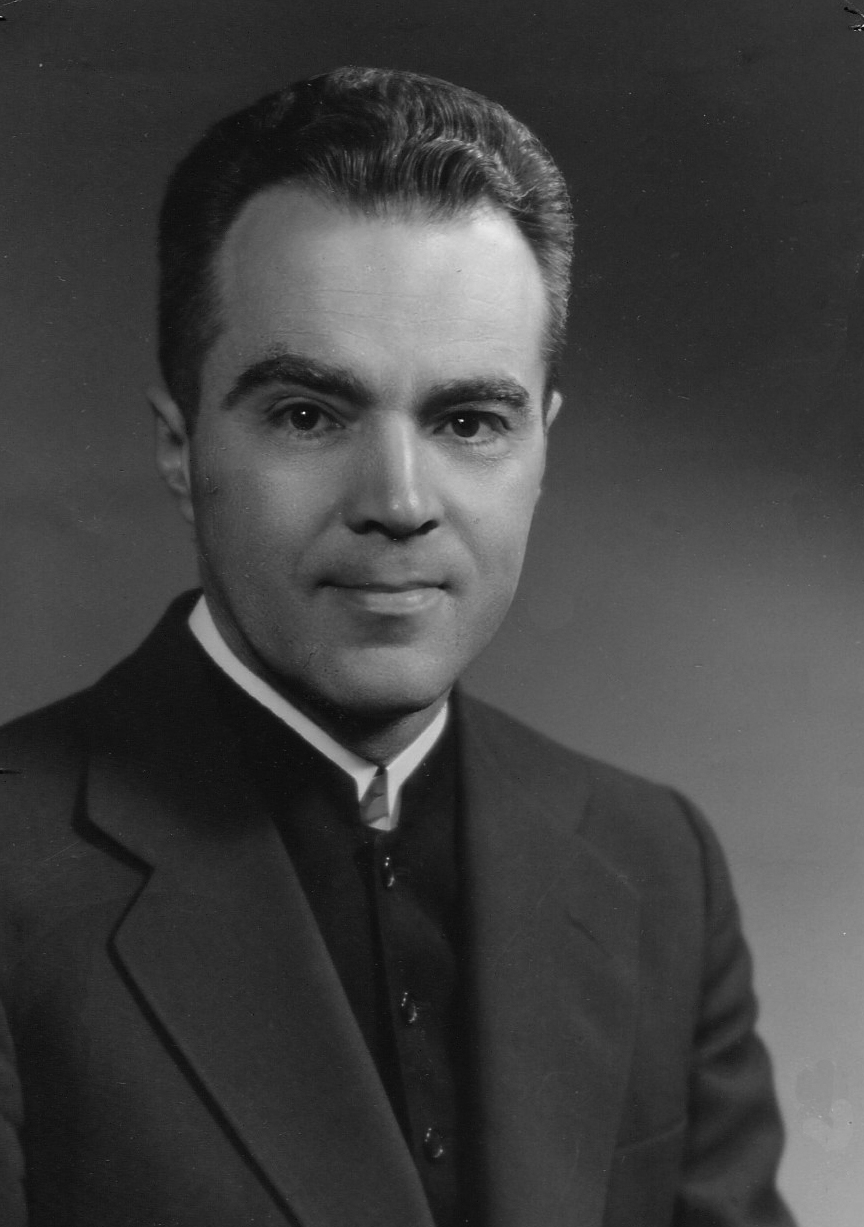
Here’s another excerpt. This comes from an article I’m currently writing on Brethren in Christ church members’ involvements in evangelical organizations beyond the National Association of Evangelicals. (As most of my blog readers will know, the Brethren in Christ Church joined this para-church organization in 1949.) I’m tentatively titling the essay, “Beyond ‘Indianapolis ’50’: The Brethren in Christ in the Larger Evangelical World.”
In April 1950, eight men—all but one dressed in plain black suits with upright collars and no neckties—convened in Indianapolis, Indiana, to attend the eighth annual convention of the National Association of Evangelicals (NAE), an interdenominational agency created to facilitate fellowship and cooperation between conservative Protestant denominations. As representatives of the Brethren in Christ Church, these eight men reflected the cultural traditions of their religious community—a small, separatistic fellowship that linked beliefs like simplicity, humility, and nonviolence to counter-cultural practices like plain dress and conscientious objection to war.
The presence of these men at an NAE convention was a bit of an incongruity. Unlike their fellow believers in Baptist, Methodist, and independent denominations, these Brethren in Christ men could exult neither in wildly successful revival campaigns nor in unprecedented growth on their church membership rosters. This fact gave the men pause. Surrounded by these success-oriented evangelicals and alarmed by the apparent disparity between their small group and the other denominations, these eight Brethren in Christ gathered for a late-night confab. Together they confessed long-held anxieties about the future of their small community. And they resolved to return to their leadership posts with a vision—and a plan—for change.
In the subsequent decades, these eight men (and a handful of others who joined them) initiated a series of doctrinal revisions—revisions that dramatically reoriented the lifestyle and religious practice of the entire Brethren in Christ community. These leaders would later point back to their late-night confab as the impetus for this change. As one confab participant would later remark, “The Church continues to feel the impact of ‘Indianapolis ’50.”
Or so the story goes. . . .
Without a doubt, the Brethren in Christ were also connected to the larger evangelical world beyond NAE. Church members attended evangelical schools like Houghton College, Taylor College (now University), Biblical Seminary of New York, and Fuller Seminary. They read periodicals like Christianity Today, and listened to radio programs like the Old Fashioned Revival Hour. They participated in evangelical initiatives like Youth for Christ and Child Evangelism Fellowship. Like thousands of other Christians in North America and around the world, they attended the revival crusades of Billy Graham; some even served as event staffers. These involvements would also decisively influence Brethren in Christ theology and practice.

I believe my Great Uncle, Henry Ginder was a part of this group. I remember him talking to me about it. Who were the 8 men? I think this event was critical to the BIC church making necessary changes in becomming more evangelical. The Evangelical Free Church of America (EFCA) had a similiar transformation from a Scandinavian Church to a broader evangelical church.
Hi A friend: I didn’t see this comment until today. I agree that this event was critical to the Brethren in Christ Church “becoming more evangelical,” as you suggest. But the point of this article that I’m writing is that this event wasn’t the ONLY “event” that transformed the Brethren in Christ Church into a more Evangelical fellowship. The article that I reference in this post is basically arguing that there were other connections between the Brethren in Christ and Evangelicals before and after this NAE gathering.